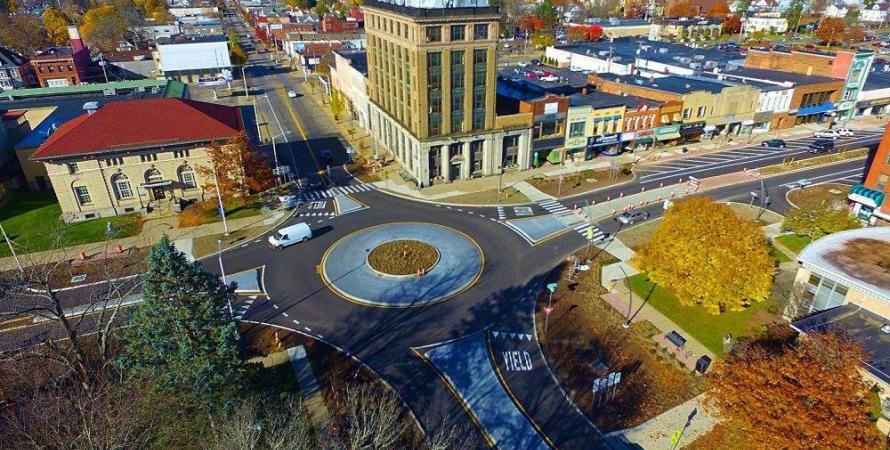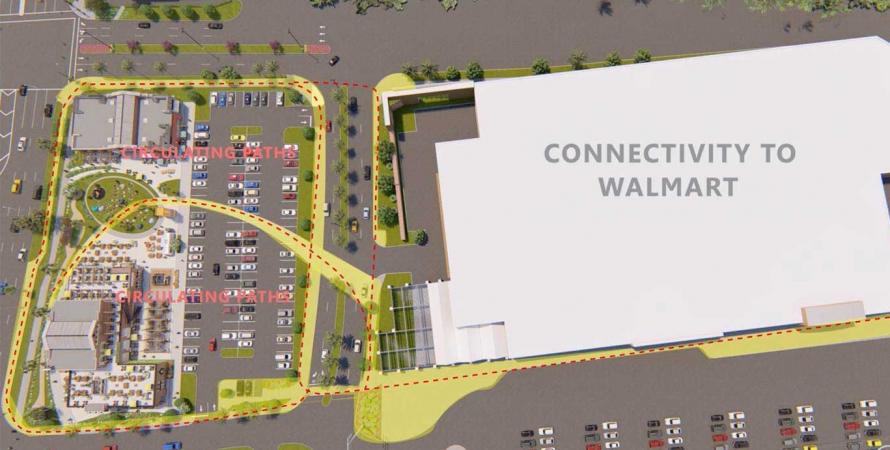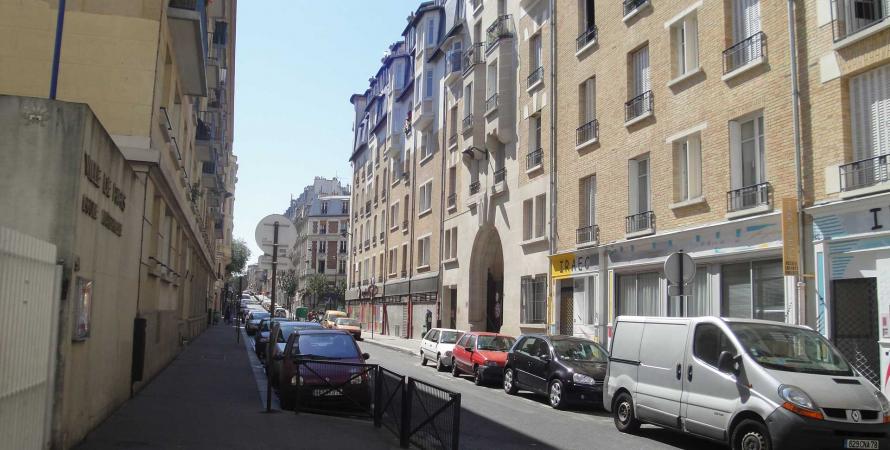-

New Urbanism in the Wildland Urban Interface
How urbanism could help to solve problems like the Paradise disaster.New urbanists have had tremendous influence on urban planning in recent decades—see 25 Greats Ideas of the New Urbanism . Often their work turns out to be prescient, but ignored. Such is the case with disasters like the Paradise, California, fire in November. The damage done to a city of 26,000 was...Read more -

Small city invests in downtown
With a new urban vision and context-based street design, Olean has taken a bold step to revive its economy and social life.Olean, a small city in isolated southwestern New York State, has transformed its wide main street, North Union Street, using five roundabouts and a new tree-lined center median to calm traffic and shorten pedestrian crossing distances. Four lanes of traffic were reduced to two and several traffic...Read more -

Pattern retrofit for resilience planning
This is part 3 of a series on retrofitting urban patterns to create more resilient places where decentralized capital can flourish. A key step in that direction would be a specific kind of community planning exercise.Note: See Part 1 and Part 2 of this series. Have you noticed how most city plans sit on the shelf? After several years working in planning, I have become disillusioned with all the useless plans—land use plans, comprehensive plans, sustainability plans—all of them doing very little to address...Read more -

The ‘Continuous City’ versus the ‘Ruptured City’
Review of Daniel Solomon's book, Housing and the City: Love versus Hope, Schiffer Publishing, 192 pp., $45 hardcover.Soon after finishing Daniel Solomon’s Housing and the City: Love versus Hope , I took the train to New York and saw “Toward a Concrete Utopia”—a show at the Museum of Modern Art that celebrates the post-World War II architecture of Yugoslavia. The contrast between Solomon’s clear-eyed book and MoMA...Read more